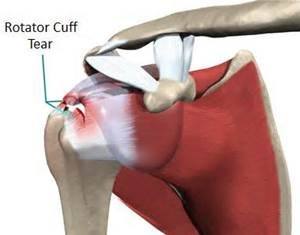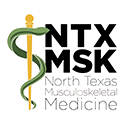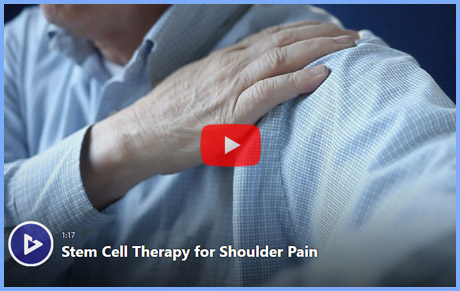Rotator Cuff Injuries
Anatomy of Shoulder
The rotator cuff is a group of muscles and their tendons that act to stabilize the shoulder. The head of the upper arm bone (humeral head) rests in a shallow socket in the shoulder blade called the glenoid that is much smaller than the head of the upper arm bone. A soft, fibrous tissue rim called the labrum surrounds the socket to help stabilize the joint. The rim deepens the socket by up to 50% so that the head of the upper arm bone fits better. In addition, it serves as an attachment site for several ligaments.
The rotator cuff muscles also perform multiple functions, including abduction, internal rotation, and external rotation of the shoulder. This cuff of cartilage makes the shoulder joint much more stable, yet allows for a very wide range of movements, far exceeding any other joint in the body. The tendons at the ends of the rotator cuff muscles can become torn, leading to pain and restricted movement of the arm. A torn rotator cuff can occur following a trauma to the shoulder or it can occur through the “wear and tear” on tendons, most commonly the supraspinatus tendon.
Common Causes of Rotator Cuff injuries
Rotator cuff injuries are commonly associated with motions that require repeated overhead motions or forceful pulling motions. Such injuries are frequently sustained by athletes whose actions include making repetitive motions. Injuries to the tissue rim surrounding the shoulder socket can also occur from acute trauma such as:

- Falling on an outstretched arm
- A direct blow to the shoulder
- A sudden pull, such as when trying to lift a heavy object
- A violent overhead reach, such as when trying to stop a fall or slide
- Throwing athletes or weightlifters can experience glenoid labrum tears as a result of repetitive shoulder motion.
To determine if Regenerative Orthopedics will be helpful for you, please tell us about your condition.

